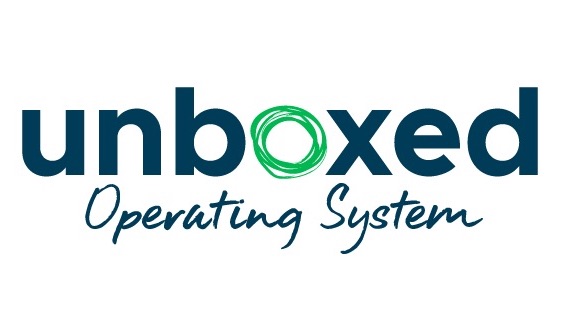Remote v Working from Home v Hybrid Work Models
The Growth of Remote Work
Unboxed OS is a remote-first business, so let us explain more about this growth area. With the exponential advances in technology throughout the 2000s, alongside a growing body of research that suggested working from home would benefit employee wellbeing and performance as well as organisational outcomes such as productivity, retention and business continuity, the dream of being able to work anywhere and at any time is now within reach. However, for several reasons, including lack of preparedness and managerial reluctance, remote working didn’t have a big take-up until it did.
Managerial reluctance is expected in a culture driven by fear, an all-too-common workplace culture that restricts productivity, dampens innovation and leads to poor business outcomes.
Enter Covid-19 and companies that could be rushed to adopt the technologies of virtual work. By October 2020, an estimated 29 per cent of the New Zealand workforce had moved from centralised work locations to full-time working from home.
For many, it was a revelation – productivity didn’t just remain the same; in some companies, it went up. While not everybody enjoyed remote working (particularly younger staff), many embraced it for a work/life balance that the 9-5 office model couldn’t compete with. Since then, leaders have recognised the possibilities of this once-in-a-lifetime opportunity to reset work using remote or hybrid models.
Remote Work Culture and Motivation
With remote work, culture is more critical than ever in motivating people. A small amount of fear or stress can boost productivity by incentivising us to do our best without fear of negative consequences. This positive stress, however, becomes a burden when it overwhelms our minds, bodies, and health, ultimately reducing productivity and hindering the ability to attract and retain talent.
Instead of micromanagement or simply doing enough to avoid trouble, the new remote work culture emphasizes a flat structure that empowers individuals to create their job descriptions and key performance indicators (KPIs). This approach is supported by coaching to guide their focus, rather than relying on a command and control leadership style that is authoritative and relies on a top-down approach.
Remote v Working from Home v Hybrid Work Model – What’s the difference?
Remote work is often used interchangeably with working from home (WFH), but the terms don’t mean the same thing. The key distinction is that remote work can be performed from anywhere: travelling, beachside – anywhere with access to the internet.
Working from home is exactly what it says on the box but with the understanding you may still be required to attend the occasional in-person meeting, keeping you somewhat tethered to the city your company is in.
Hybrid working is a mix of remote and in-person working and has become an umbrella term for flexible working arrangements. This is a popular choice for companies who believe it allows employees the best of both worlds: a level of freedom and autonomy to work remotely on some days, collaborate face-to-face, and attend essential meetings on other days. This is what many companies have shifted back to in these post-Covid days. Employees may have a set number of days to be in the office and the choice of other days.
Remote Work Implementation
Regardless of what model a company adopts, with workers able to work anywhere and at any time, the Unboxed Operating Systems is a framework to ensure remote workers are valued, supported with the right automation and AI tool to collaborate and manage tasks, projects and workflows seamlessly. To ensure the result will be work lives that are more purposeful and productive to get more done.
